BMW Car Airmatic Shock Absorbers
BMW Car Airmatic Shock Absorbers Specification
- For Use In
- Automobile Industry
- Product Type
- BMW Car Airmatic Shock Absorbers
BMW Car Airmatic Shock Absorbers Trade Information
- Minimum Order Quantity
- 1 Piece
- Payment Terms
- Cash Against Delivery (CAD), Cash on Delivery (COD), Cash Advance (CA), Cash in Advance (CID), Cheque, Delivery Point (DP)
- Supply Ability
- 1000 Pieces Per Day
- Delivery Time
- 1 Days
- Packaging Details
- cardboard box and cover with sack
- Main Domestic Market
- South India
About BMW Car Airmatic Shock Absorbers
Get online BMW car airmatic shock absorbers and BMW car shocker balloons direct from importers and suppliers.Automotive car suspension systems play a critical role in providing vehicle stability, handling, and passenger comfort. Understanding the different components and types of suspension systems can help you maintain your vehicle better or choose the right parts for upgrades or replacements. Heres a comprehensive guide:Key Components of a Suspension System:
-
Springs:
- Coil Springs: Common in most vehicles, providing good ride quality and handling.
- Leaf Springs: Typically found in trucks and older vehicles, offering durability and load-bearing capacity.
- Torsion Bars: Used in some trucks and SUVs, allowing adjustment of ride height.
- Air Springs: Found in luxury and performance vehicles, providing adjustable ride height and comfort.
-
Shock Absorbers (Shocks):
- Dampens the movement of the springs to prevent bouncing and maintain tire contact with the road.
- Types include twin-tube, monotube, gas-charged, and adjustable shocks.
-
Struts:
- A type of shock absorber that also serves as a structural component of the suspension system, commonly found in front suspensions.
-
Control Arms:
- Connects the wheel hub to the vehicle frame, allowing controlled movement of the wheels.
-
Bushings:
- Provide cushioning between suspension components and reduce noise and vibration.
-
Ball Joints:
- Allow pivoting movement between the control arms and the steering knuckles.
-
Sway Bars (Stabilizer Bars):
- Reduce body roll during cornering, improving stability and handling.
Types of Suspension Systems:
-
Independent Suspension:
- Each wheel on the same axle can move independently, providing better handling and ride comfort.
- Examples: MacPherson strut, double wishbone, and multi-link suspensions.
-
Dependent Suspension:
- Wheels on the same axle are connected and move together.
- Examples: Solid axle and beam axle suspensions.
-
Semi-Independent Suspension:
- A compromise between independent and dependent systems, allowing some independent movement.
- Example: Torsion beam suspension.
Suspension Maintenance and Upgrades:
-
Regular Inspection:
- Check for worn or damaged components such as shocks, struts, bushings, and control arms.
- Look for signs of uneven tire wear, which can indicate suspension issues.
-
Replacement Parts:
- Choose high-quality OEM or reputable aftermarket parts for replacements.
- Brands like Bilstein, KYB, Monroe, and Moog are known for their reliable suspension components.
-
Upgrades:
- Performance Shocks and Struts: Improve handling and stability, especially for spirited driving or off-road use.
- Air Suspension Kits: Offer adjustable ride height and improved ride comfort.
- Sway Bars: Upgrading to thicker sway bars can reduce body roll and improve cornering performance.
- Coilover Kits: Provide adjustable ride height and damping settings for a customized driving experience.
-
Alignment:
- Ensure your wheels are properly aligned after any suspension work to maintain optimal handling and tire wear.
Common Suspension Problems and Symptoms:
- Worn Shocks or Struts:
- Symptoms: Excessive bouncing, nose diving during braking, poor handling.
- Broken or Worn Springs:
- Symptoms: Sagging ride height, rough ride.
- Worn Bushings or Ball Joints:
- Symptoms: Clunking noises, uneven tire wear, poor handling.
- Faulty Control Arms:
- Symptoms: Steering wandering, clunking noises, uneven tire wear.
Conclusion:
Maintaining your carïs suspension system is crucial for safety, comfort, and performance. Regular inspections, choosing quality parts, and understanding the components and types of suspension systems will help you keep your vehicle in top condition. Whether you're looking to replace worn-out parts or upgrade for better performance, making informed choices will ensure the best results for your vehicle.


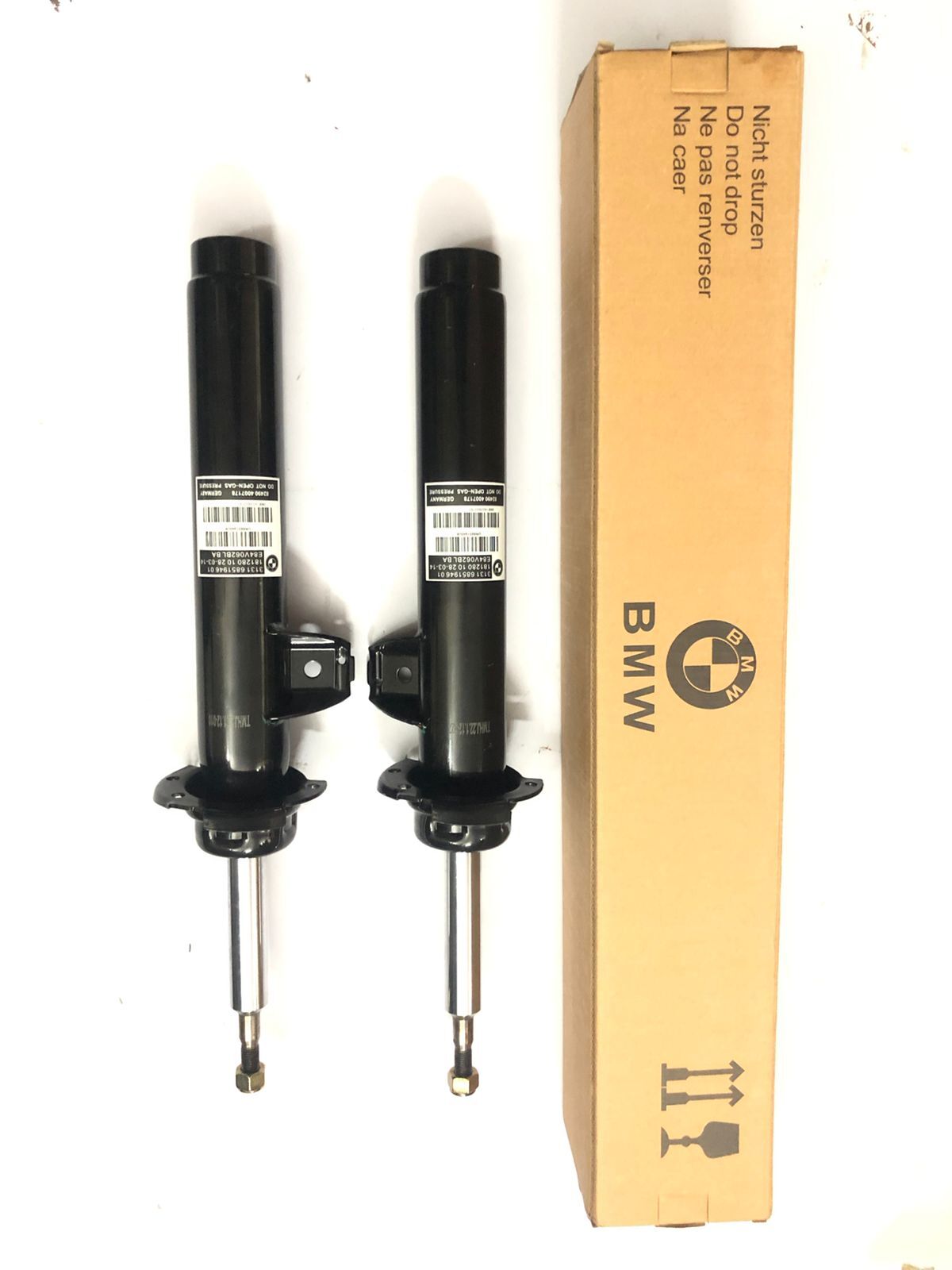

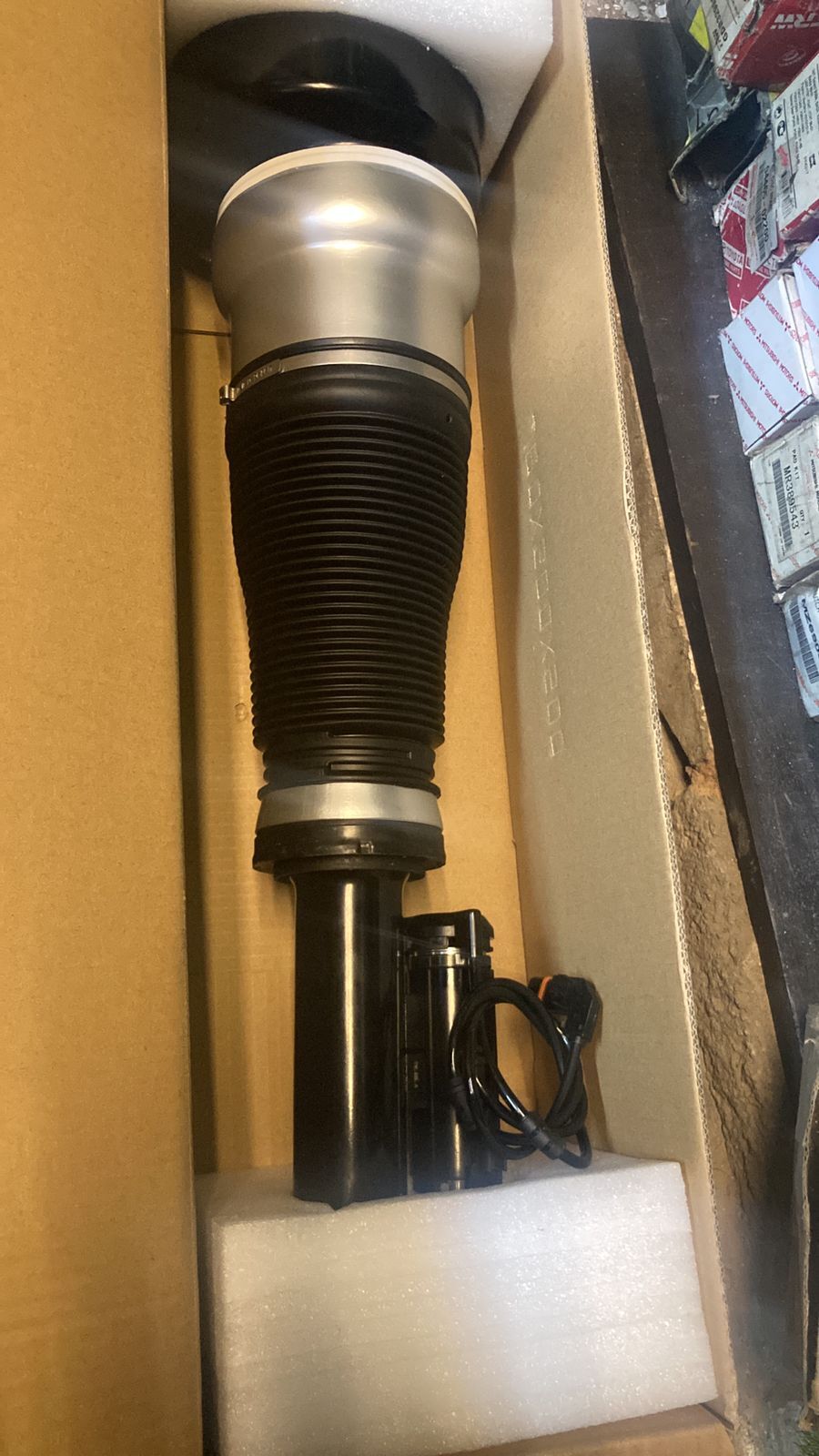

- Minimum Order Quantity
- 1 Piece
- Supply Ability
- 1000 Pieces Per Day
- Delivery Time
- 1 Days
- Main Domestic Market
- South India

Price:
- 50
- 100
- 200
- 250
- 500
- 1000+
More Products in Airmatic Shock Absorbers Category
Audi Car Shocker for A6 A8 Q7
Price Range 15599.00 - 45999.00 INR / Piece
Minimum Order Quantity : 1 Piece
Weight : 4.5 kg (approx.)
Material : Highgrade Steel Alloy
Model No : AUDISHKA6A8Q7
Dimension (L*W*H) : 570 mm x 80 mm x 80 mm
Mercedes Shock Absorbers
Price Range 24500.00 - 26500.00 / Piece
Minimum Order Quantity : 1 Piece
Weight : 5 Kilograms (kg)
Material : Rubber & MS
Model No : 6548784531
Dimension (L*W*H) : 5*5*5 Foot (ft)


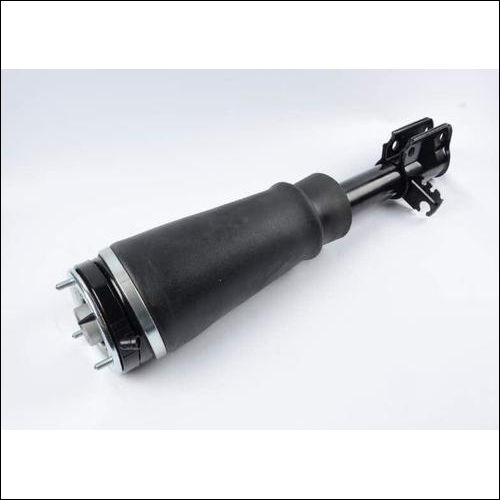
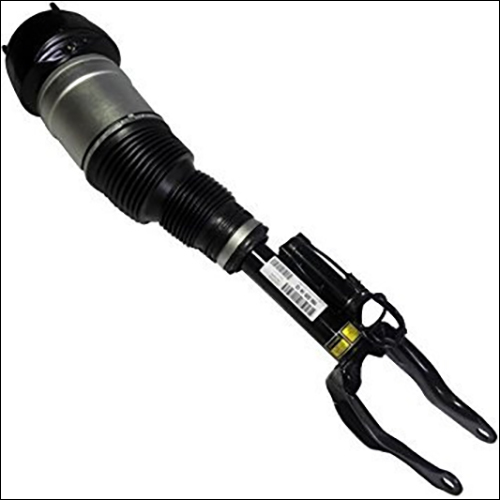
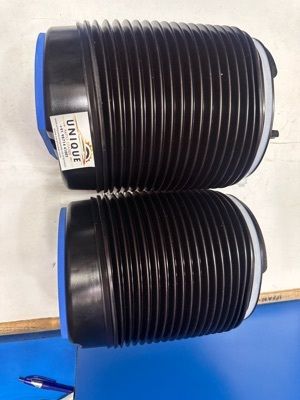
 Send Inquiry
Send Inquiry Send SMS
Send SMS
